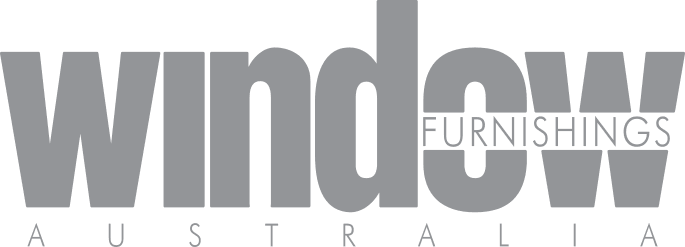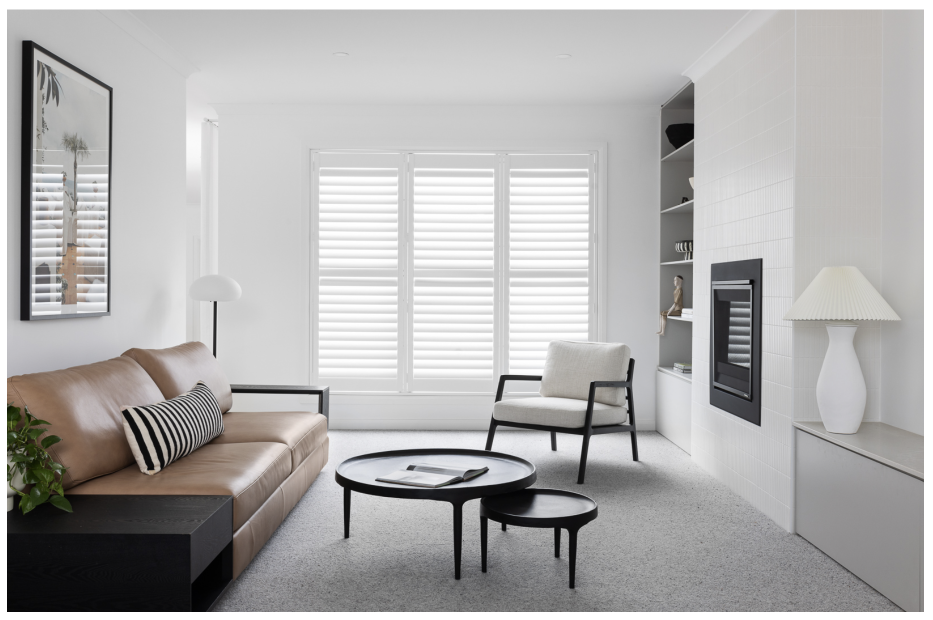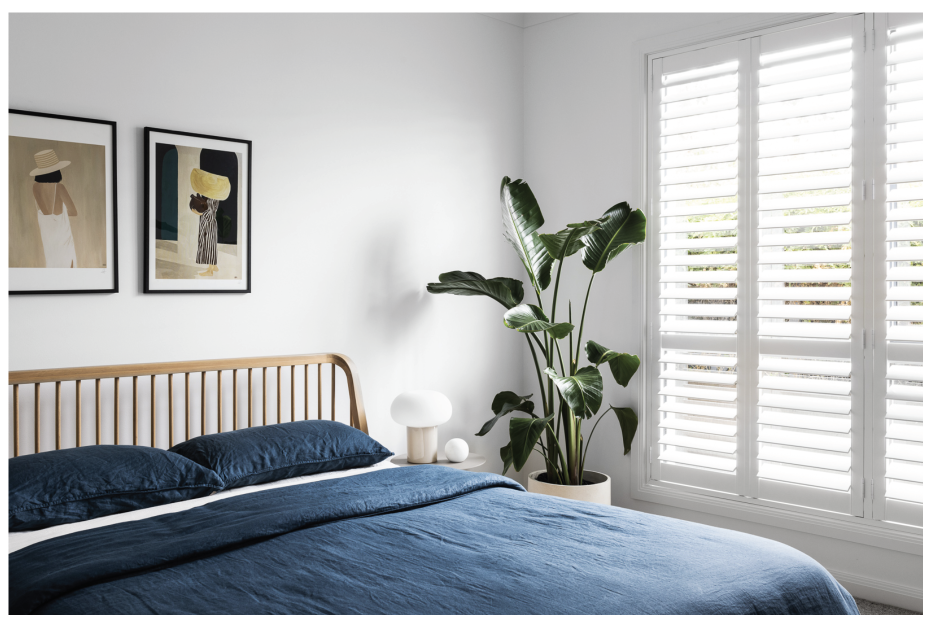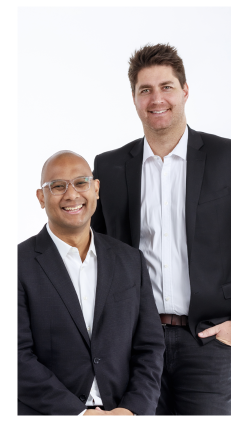

A painful purchasing process for blinds was the catalyst for Evan Montero and Liam Dobson to found DIY Blinds; six years later it is valued at $100 million. WFA sat down with the firm’s co-founders to talk about its meteoric rise.
It’s a traditional founders’ story; a bad experience with a product pathway and wanting to fix it. That’s exactly how Montero and Dobson, two white collar workers from the superannuation industry, found themselves getting into the window furnishings industry.
“You traditionally go into a showroom, look to buy something, go to a different showroom, sales reps come to your home, and more often than not they never make the appointment. My parents received multiple quotes with different pricing and it wasn’t very transparent at all,”
Montero says.
“Then when you do go ahead with someone, it’s a three-month process. It should have been one but took longer because people wouldn’t turn up and mistakes were made, leading to it needing to be fixed again a
nd again.”
“There wasn’t any importance placed on the buyer, the norm wasn’t customer centric, and Liam and I looked at ourselves and said, well I think we can do this better.”
Growth and investment
With 50 design consultants among the staff of 121, and plans to add more in the company’s new Sydney office and its impending Brisbane office, DIY Blinds has experienced sustained growth before, during and after the COVID-19 lockdowns of the last two years.
The company recently received $15 million in investment from the Australian Business Growth Fund (ABGF) to help the Melbourne-based online window furnishing retailer turbocharge growth across Australia and expand its offering into commercial developments.
The investment values DIY Blinds at $100 million and caps off a six-year stretch, during which Montero and Dobson quit their plum jobs in superannuation.
Montero says that DIY’s business model isn’t too dissimilar to everyone else’s online.
“We offer help at every stage of the process. Customers jump online, they order their free samples, we then have ‘how to measure’ guides and videos. Once they’ve measured, they can order online or through a design consultant, and then we get it shipped out. From there it’s as simple as following our how to install guides and videos or having one of our amazing installers come out to help.”

“I suppose the difference is that we put an emphasis on professionalism. When it comes to customer success and how we can empower each and every client, we hold ourselves to an incredibly high standard.”
Dobson says that in addition to fixing these “hygiene factors” the company has an expected standard they want to set when facing their customers.
“We’ve worked really hard over the last six years with our suppliers and their supply chain partners to save time, whether it’s holding stock, being more transparent with completion dates, or digitising the way we process orders.”
The company has evolved quickly over the six years, initially focusing on just blinds before introducing shutters 12 months later.
“We thought selling shutters online was going to be really difficult, so to build the collateral around that took us some time and then curtains came another 18 months after that,” says Dobson. “We’ve responded to customer needs. When we were selling roller blinds, customers were asking us about shutters, when we were selling shutters they were asking us about curtains.”
“I was never going to sell a shutter online unless I could install one myself and my handyman skills are average at best. So if I can measure and install this product, then maybe the majority of the population can do it too.”
Customer focus
“Putting ourselves in the customer’s shoes was a big part of figuring out the solutions. Originally it was ‘how to measure’ guides and ‘how to install’ guides. They started as a one pager – they weren’t Ikea simple but they were really simple, from there we iterated those a couple of times before we got to where we are now. Now we’ve gone back and made some really great videos that emphasise the ease and give a high-level overview without the finer details in some of the written guides.”
Motorisation and home automation are another big focus for DIY Blinds, with a dedicated team of tech wizards on hand to solve end user issues.
“We hired a guy who was one of the ex-Genius Bar managers at Apple, we hired people from EB Games, JB Hi-Fi, those kinds of brands and helped teach them motorisation in window furnishings and now they are able to support our staff and our customer base,” Dobson says.
“Whether it’s someone on the phone trying to program a motor or complete the initial setup our team is confident enough to be able to do it, but when it comes to planning out a big commercial project, sitting down with electricians and planning those types of projects – we’ve got people that can serve those needs as well.”
“Motorisation is exciting regardless of whether it’s a hotel or a home, and the fact that we can serve both with a dedicated team is super exciting and gives our clients a level of confidence, because it’s very specialised.”
“There are different home automation systems, electricians doing things differently and various connection options, whether wired, Wi-Fi or Bluetooth – it’s important to be able to service all customers and at the end of the day it’s the future, so we’ve doubled down on it.”
Marketing smarts
Marketing has been another reason for DIY’s success, with the company originally advertising through social media and trying to partner up with other people of influence.
“We just looked to build fans rather than customers,” Montero explains.
“We didn’t look at things as a transaction, every time you’re dealing with a customer, there are three, four, five other people they can chat to.”
“When the time comes, they will tell their family and friends about their experience. Window furnishings are a considered purchase; it’s not as easy as clicking ‘add to cart.’ No matter how many ads you put up on social media or Google, you’re not going to see results straight away. It comes down to who they think of when the time to update or buy window furnishings comes.” Montero says.
The company has just started with TVCs, but both Montero and Dobson say they believe that it will take years to get the full return on spend.
Benefiting from diversity
Finding employees with window furnishings experience was a challenge in a market with labour shortages. Montero says that they hired from all over the place, including his basketball team.
“We had a few installers who were doing stuff for us, and some older guys who would tell us how the industry worked, but it wasn’t until we were at around 15-20 staff before we started bringing in really experienced people from the industry.”
“We got lucky with a couple of people that we brought in and then we started to grow more quickly; it was then about building a learning program so that when staff from outside of window furnishings backgrounds started, there’s an induction and a way to grasp the basics.”
“We try to line up our new hires in groups, so we have a one-week, really intense induction with one of our team leaders and then there’s an evolution of learning with training efforts throughout their first few months with us.”
Montero says the vast majority of the people they have hired are from outside the industry,
“We talk about diversity, we’ve got quite a few of our team who are coming back from maternity leave then there’s also someone that we’ve got reducing their hours because she’s a first-time grandma and wants to spend more time with her family.”
“We have people from different socio-economic backgrounds, different ethnic backgrounds and we continue to ask the question – ‘how can we do it better’, with a goal of having different voices, thoughts and opinions as we know how powerful it can be.”
“It’s allowed us to come up with the best solutions across the board and then digitise those solutions so that we can do things better – and when we say better, it’s not to make more profit, it’s not to become bigger – it’s to make things easier and more enjoyable for the end customer, and I think that’s been a successful part of being able to hire outside of the industry.”
Commercial arm
Surprisingly, even to Montero and Dobson, the commercial side of their business has also exploded with the company spinning it out into a separate brand called Home Pro.
“We’re on a mission to find out exactly why we are doing so well in the commercial market so that we can replicate it and double down on that success,” Dobson says.
“I have a few assumptions though. We’re very transparent on pricing. If you look at ordering window furnishings from us – you can jump online, drop your measurements in and you know exactly how much you’re going to get charged.”
“I also think people are gravitating towards the level of service we provide, especially post-Covid when builders are having a hard time with supply chain cost. They just want a reliable product and service offering and to know that they’re getting a fair price.”
“The success of Home Pro astounds us, given that traditionally every time a commercial customer contacted us, they’d be speaking to a different design consultant, they wouldn’t get trade pricing – it really is astounding.”
“So now that Home Pro is going to be built with purpose and each client will be relationship managed – it will be exciting.”
The public announcement of a capital raise for DIY Blinds comes during a flurry of merger and acquisitions taking place in the global and local window furnishings market.
Planning for growth
Montero tells WFA that the company has been tapped on the shoulder by a few big multinationals and some players domestically asking if they’re for sale.
“We weren’t, but it was timely. We didn’t need the funding because we were profitable, but we wanted to know what the options were.”
“When we were talking with people we met ABGF and it just made so much sense in terms of partnerships. What they offer us is a lot more than funds – they offer us a wealth of experience and capable people in our corner to help us grow sustainably.”
The company has no immediate plans to use this capital to go vertical, but the immediate focus is putting infrastructure and processes around its people.
“We’ve hired over 70 people in the last 12 months – which is astonishing.”
“In terms of infrastructure for the Home Pro side of things, we’ve signed leases in Brisbane and in Sydney because we want to put boots on the ground there.”
“The reality for us is to continue focusing on growth and doubling down on all of the things that have made us successful. Now that we’ve got some growth funding we can tackle opportunities as they come.”

Montero says he is very excited for the future of DIY Blinds. The company has just moved its headquarters into a warehouse conversion in Collingwood, Melbourne, and the office is buzzing when WFA visits.
“The industry is ready, and I think there are so many exciting things happening when you look overseas – usually Australia is a bit behind, but we’ll grow.”
“I think there’s enough space and room for everyone to succeed. We know our market, we know our customers and that’s where we’re doubling down. We’re hopeful that we can continue to build a reputation within the industry and are excited be a part of it.”